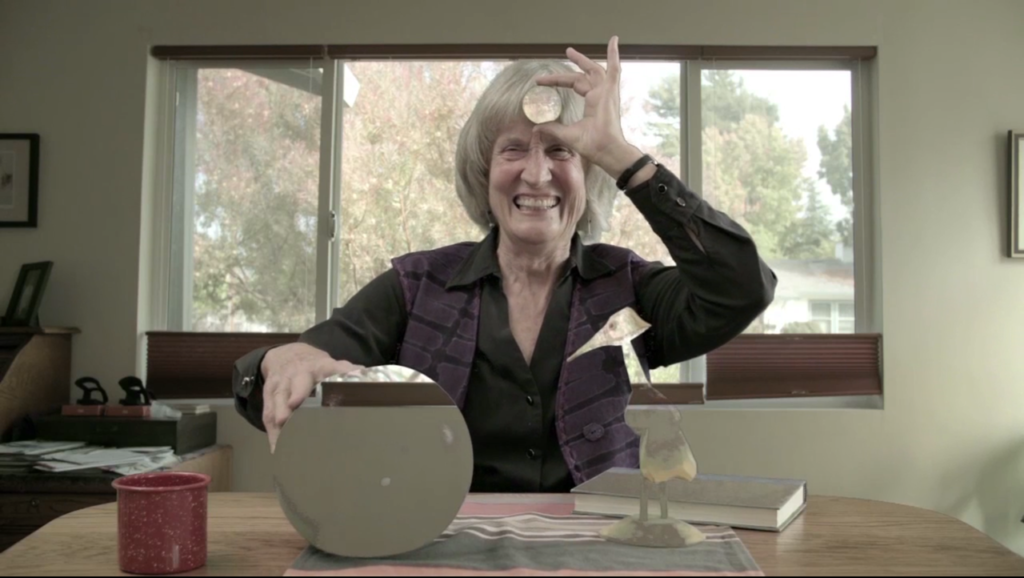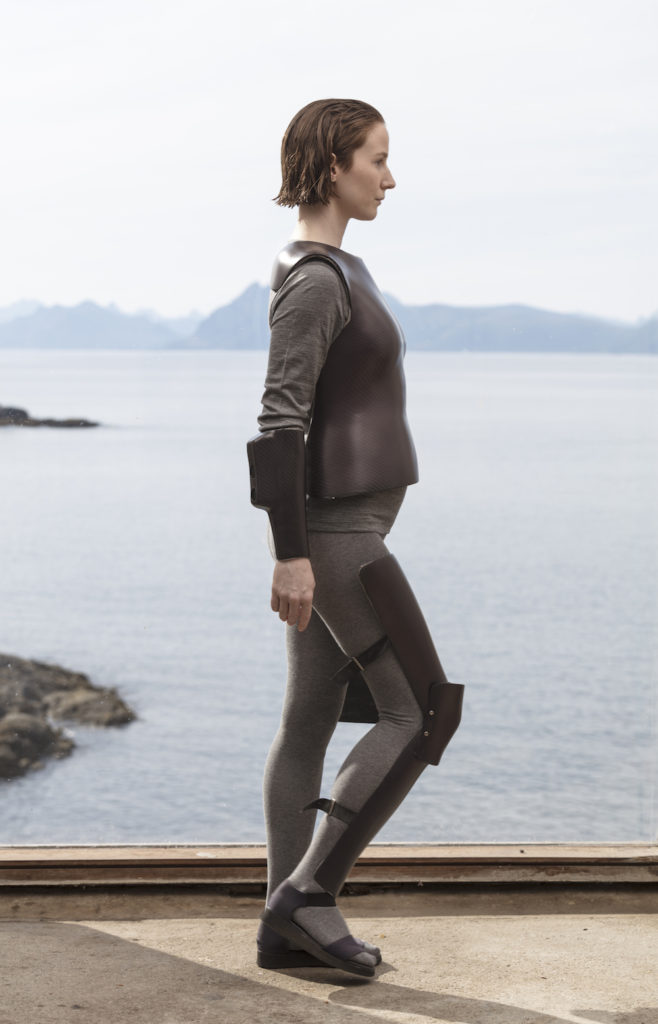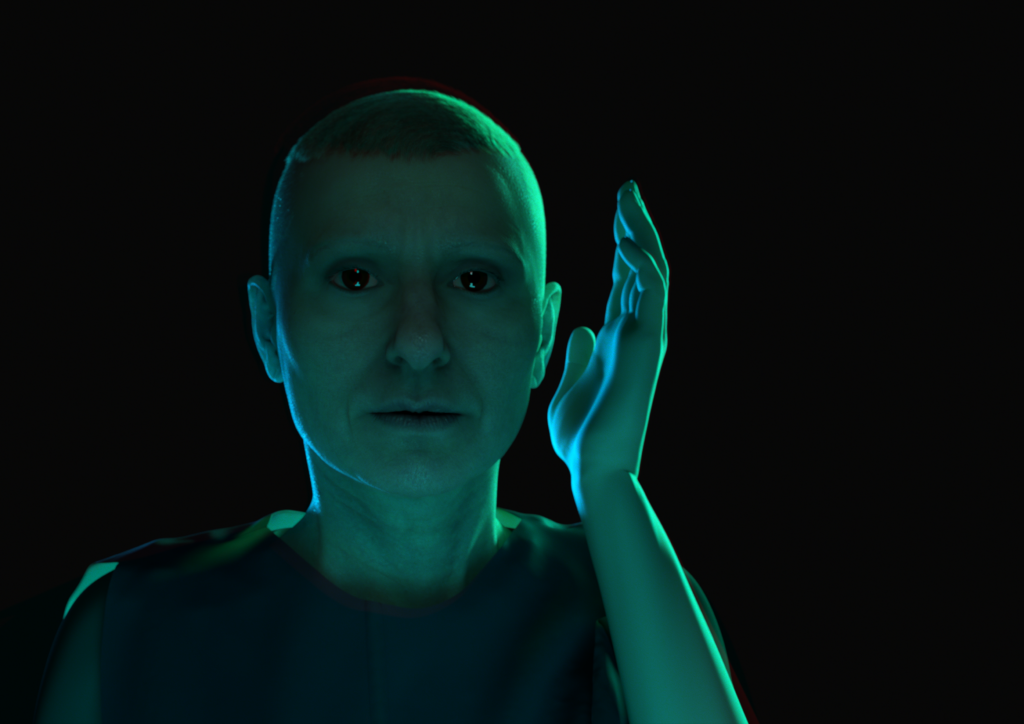Reviews
Peak Oil, Eco-Futurism, and Cyborg Philosopher Donna Haraway Inspire Norway’s LIAF 2017 Biennial
The show's moderate scale affords generous engagement with its big themes.

The show's moderate scale affords generous engagement with its big themes.

Hili Perlson

It is a remarkable feat when a small biennial—one of many in an especially busy year—manages to be both deeply rooted in its hosting locality and globally pertinent at the same time. The 2017 edition of the Lofoten International Art Festival (LIAF) is one such example, and perhaps more notably, does so with an artist list of no more than 20, and in only five different venues.
Granted, curators Heidi Ballet and Milena Hogsberg happened to be working on an exhibition in a corner of the world—the Norwegian Lofoten Islands, located far above the Arctic Circle—that’s facing, on a geographically small scale, grand questions epitomizing pressing global issues. The picturesque islands sit above an untapped oil reserve worth $65 billion, according to a recent estimate by the Economist, and the upcoming general elections in Norway mean that the prospect of underwater drilling in the pristine archipelago is again on the political agenda. Besides its disastrous effect on the ecology, drilling here would destroy the lucrative fishing industry as well as the region’s tourism.
Bringing all of these issues together, this year’s iteration of LIAF is located in Henningsvær, a small but wealthy fishing town. (Each biennial takes place in a different area of the Lofoten Islands.) In past few years, fishing in the Norwegian Sea has been taken up by global corporations, making access to the sea sometimes impossible for local fishermen. Thus, three of the exhibition venues are in fact disused buildings formerly used to process fish. With the future of the fjords in mind, the curators cleverly employed the fecund tool of science fiction as an underlying thread for the show, titled “I Taste the Future.” In addition, artists commissioned to produce new works (roughly half of the participants) were asked to think about scenarios some 150 years down the line.
Given this perfect maelstrom of eco-futurism, it is hardly surprising that the writing of science and technology scholar Donna Haraway informs much of the thinking sublimated in the show. Haraway is also the subject of a feature-length film by Fabrizio Terranova, titled Donna Haraway: Story Telling for Earthly Survival (2016). The film is one of the central works in the show’s main venue, the Trevarefabrikken, a former factory building turned into a cultural center. Shot in different rooms in her home in California, the film meanders between conversations about physical and symbolic inheritance, her aging dog Cayenne Pepper, the need to create other kinships besides traditional family cells, harsh observations on the self-absorbed nature of critique of capitalism, and a glimpse into her own personal web of relations and alternative family deeply affected by the AIDS crisis. Haraway argues that it is necessary to tell new stories to subvert age-old narratives, and intimates that this our only chance at survival.

Adam Linder, To Gear a Joan (2017). Vocal performance by Stine Janvin Motland, duration variable. Photo: Kjell Ove Storvik/NNKS Courtesy LIAF 2017.
As if responding directly to Haraway, artist and choreographer Adam Linder (whose solo show at Kunsthalle Basel opens this Thursday), conceived one of the standout pieces in this performance-and-video-art-heavy biennial. To Gear a Joan (2017) was written for Norwegian vocalist Stine Janvin Motland who performs the piece several times throughout the day. It’s a call to action for the hordes of “Joans”—embodied symbols of feminine philosophical principles—to replace, once and for all, the masculine rationale that has led to the plundering of natural resources. Wearing an armor that evokes a Joan of Arc-like heroine, the performer eerily roams the exhibition space chanting repetitively, “Joans are going in. Joans have grown thicker skin.” With her high-pitched mantra, she lulls viewers to follow her into one room. There, she takes down her protective gear, which doubles as functional sculptural elements that she can rest on, and recites a libretto written by Linder. “To a failed binary, grant us this atrophy,” she states.
Located in the Fredriksenbruket venue, once an abandoned fish factory, is Lisa Rave’s film Europium (2014), which links today’s excavations of rare-earth elements from the seabed to commodity fetishism, pointing at how colonial history and thinking about the seas as land extends to today’s global economy. Rave takes the viewer inside a bunker on the outskirts of Frankfurt, where reserves of these metals and minerals—Europium among them, a rare metal that’s in every euro bank note and flat-screen TV—are traded. Her filmic essay begins with shell money from Papua New Guinea, who’s one of the sponsoring nations for deep-sea mining today, alongside its former colonizer, Germany.

Ann Lislegaard, Malstrømmen (2017). Two-channel 3-D animation. The work takes Edgar Allan Poe’s short story “A Descent into the Maelström,” written about the local natural phenomenon, as a point of departure for a genderless cyborg’s transformative narratives. Photo: Kjell Ove Storvik/NNKS.
If these topics run the risk of alienating a viewer overwhelmed by the global powers that be, the curators do well to prevent that by anchoring the show in personal interactions, featuring works that activate participation and identification. Humor is an important piece of the puzzle, and perhaps best utilized in the prophetic film Museum Futures: Distributed by Marysia Lewandowska and Neil Cummings. The work imagines an interview with Moderna Museet’s executive director Ayan Lindquist on the occasion of the museum’s centenary in June 2058. Moreover, choreographer Eglė Budvytytė’s wacky piece for a trio, Liquid Power Has No Shame (2017), sees performers emulating mating dances and movements of plants, birds, and invertebrates—especially jellyfish—plus there’s some twerking and body shots involved.
Meanwhile, any viewer with a healthy thirst for knowledge will learn something about the history of the town and of the Sami people of the Nordland in Elin Már Øyen Vister’s storytelling walk, Dear Henningsvær and the Ocean that Embraces You! (2017).
Appetite for sustenance is also catered to. Artist Liv Bangsund’s People’s Kitchen Tromsø, founded in 2014, set up in Henningsvær for the duration of the biennial, serves meals prepared from a surplus of produce collected from supermarkets—groceries that would otherwise be burned.
Another of the biennial’s highlights is Ho Tzu Nyen’s The Critical Dictionary of Southeast Asia, which was translated into Norwegian for the occasion. It is a quick-paced succession of images culled from all corners of the Internet and shown at random, while terms that could pertain to a Southeast Asian context are listed alphabetically. (An algorithm changes the sequence so that each viewing is different and temporary connections between text and image are proposed and then vacated.) The work is a scintillating, irreverent insight into representations of the region, revealing the fact that it was never historically connected to a single culture, language, religion, or ruling power.
Besides affording a generous, undistracted viewing of each work, the scale of the biennial also allows for serious engagement with the archive of science-fiction literature (and short blurbs on each) proposed by the two curators, with some contributions by the participating artists. The web of connections and currents underlying the entire show is abuzz.
LIAF 2017 takes place for the first time in Henningsvær, Lofoten, in the north of Norway, and is on view September 1–October 1, 2017.